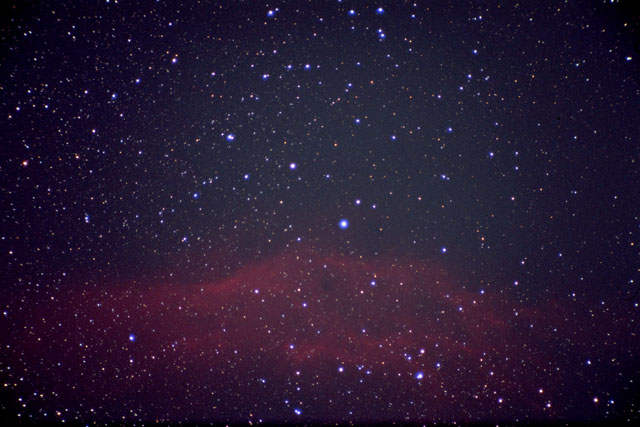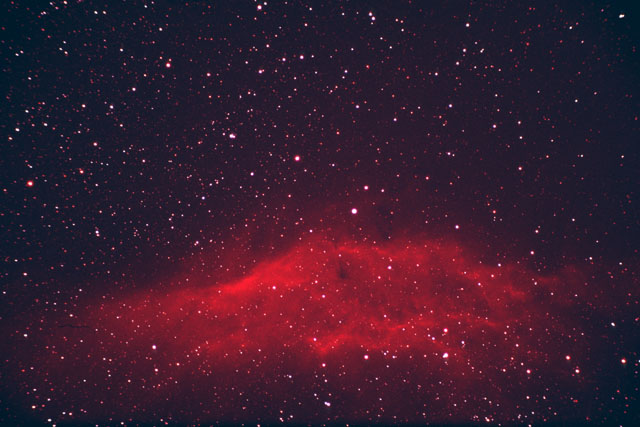Broadband filters
One of the many things that astrophotographers must contend with is light pollution. The main problem associated with light pollution is an overall increase in sky brightness. Brighter skies mean fewer objects visible. For astrophotography, it also means that exposures must be kept relatively short because the sky brightness begins to overexpose the image. Of course, shorter exposures mean less image detail, contrast and density. Generally, exposure length should be the time needed for the sky background to begin registering (known as the sky fog limit). If you expose longer than that then you begin to lose detail and contrast in the object you are trying to image. Other negative effects of light pollution are uneven field illumination and color casts.
To cope with these issues, astronomers often use light pollution rejection (LPR) filters. These filters work by passing the light of astronomical objects and blocking other light. There are numerous types (broadband, narrow band, line filters), brands (Lumicon, Orion, Sirius, Meade...) and names (Skyglow, Deepsky, UHC, OIII, Ultrablock...) for these filters. It is not my intent to provide detailed information on these filters, however, the web is full of references and specifications that a quick search with your favorite search engine will turn up.
One of the more common types of filter used both visually and photographically is the broadband filter. These filters pass the largest number of wavelengths and block the least amount of light pollution. Although the effects of these filters are modest visually, photographically, the results can be dramatic.
To demonstrate the effect of these filters, two images were taken of NGC 1499 - the California Nebula. The purpose was to reach the same sky fog level in both images. Both images were taken at the prime focus of an Orion 120ST refractor - a 600mm f/5 instrument designed for widefield use. A JMI NGF-SE focuser was used in place of the stock focuser. The first was a 20 minute unfiltered image on 35mm Elite Chrome 200. The second was a 60 minute exposure through a Lumicon Deepsky filter. Images were scanned at 2900 dpi on a Nikon Coolscan IV ED negative scanner. The only processing done on these two images was a level adjustment in PhotoShop to get the sky background to approximately the same density in both images.
 |
| The image above is a 20 minute, unfiltered exposure. Although the image below was exposed 3 times longer, examination of the original film shows that the sky background in this image is approximately 1 stop brighter than the filtered image below. Lengthening the unfiltered exposure time would only cause the sky background to overpower the nebula. Also notice that in this image the center is significantly brighter than the corners. Finally, note the blue halos around the brighter stars. This is typical of achromatic refractors, especially in those with fast focal ratios. |
 |
| This image is a 60 minute exposure through a Lumicon Deepsky filter. To reach
the same sky fog level as the image above, I could have exposed for another 60 minutes.
Note that this filter causes a strong red color cast that is difficult to correct
through subsequent processing. There is a significant increase in the contrast
between the nebula and sky background. Blue halos are gone. View a completely processed version of this image. |